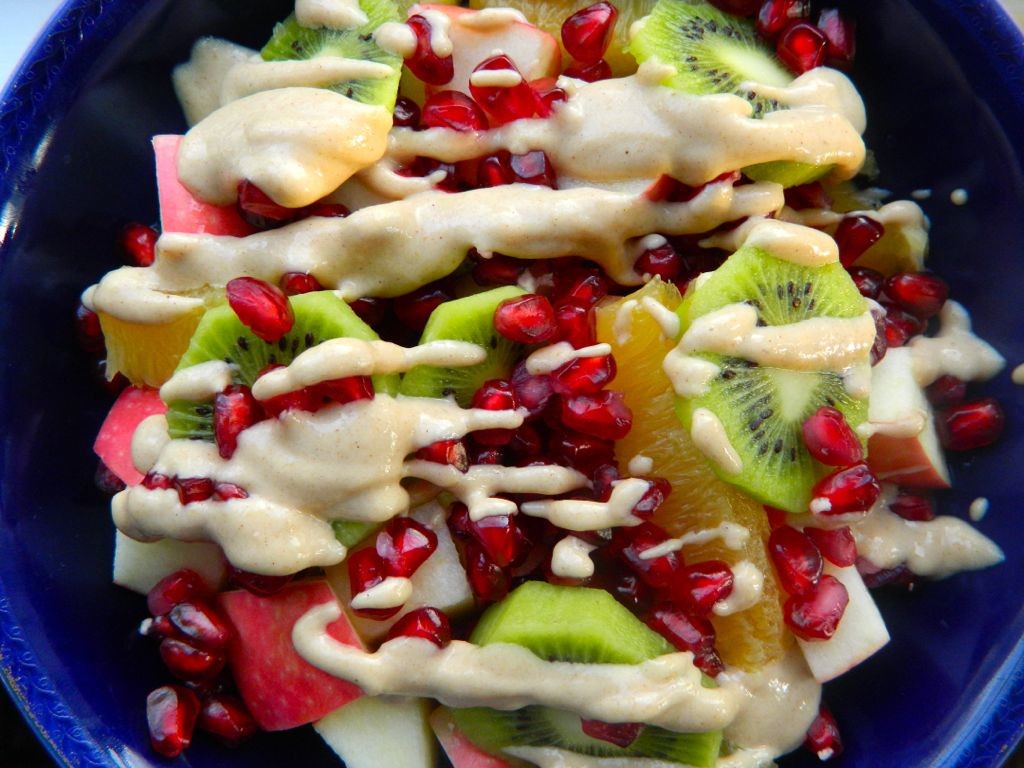Tahini is a staple in many Middle Eastern dishes. You may have eaten it with falafel or used it in a hummus recipe. But what exactly is tahini and why should you include it in your diet?
Tahini is a paste made from ground sesame seeds. It comes in two varieties: hulled, meaning the seed has been separated from its shell, and unhulled, which is the whole seed. Tahini is naturally gluten free. The taste is nutty and slightly bitter, but pairs well with both savory and sweet flavors.
So why should you be eating this?
Tahini is healthy.

Photo by Julia Maguire
Tahini is high in protein. With nearly five grams in a two tablespoon serving, the spread is a great way to make any meal more filling.
Tahini contains essential omega-3 fatty acids but has a much lower saturated fat content than other nuts and seeds, making it friendly to your waistline.
It’s full of nutrients.

Photo by Jessica Payne
In addition to being a healthy source of plant-based fat and protein, tahini boasts several micronutrients. Sesame seeds have high iron, magnesium and calcium content. These nutrients are lacking in the standard American diet.
The spread is also high in B vitamins, which are essential for regulating hormones and building cells.
It’s easy on your wallet.

Photo by Kirby Kelly
The spread is not only delicious and nutritious, but also more budget-friendly than specialty nut butters. Superfood products such as almond, cashew or walnut butter often run for well over $12 a jar.
Tahini generally costs between $6 and $10. It can be found in any major retailer (stores like Kroger even sell their own brand). If you’re on a budget, you can even make your own. What college student doesn’t want to eat well for less?
Craving more ways to enjoy this sesame superfood? Check out these Spoon articles:

